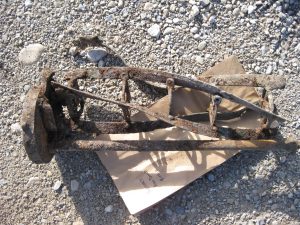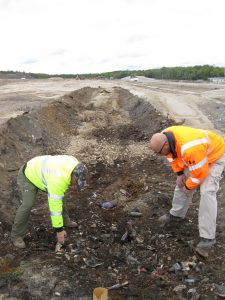

In September 2011 all of the pavement at the Mackinac Island Airport was removed prior to the regrading and relocation of the runway to correct sinkholes and a hump in the runway. The airport was originally established in 1934. Maps from 1902 and 1913 show that the area was used as a dump. The stripping and regrading exposed and removed several areas of refuse.
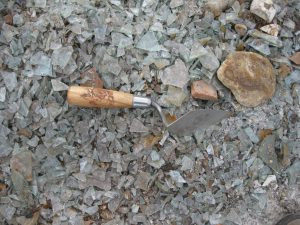

When examining a dump archaeologically, it is not productive to try to salvage, or even record, every object. Instead the goal is to sample enough artifacts that can be dated to determine the timeframe in which the dump was used. In this case these artifacts were primarily ceramics and glass. In general, the glass suggested a date of the first two decades of the twentieth century, matching the maps. The ceramics skewed slightly earlier, probably because they have a longer use life before being discarded.
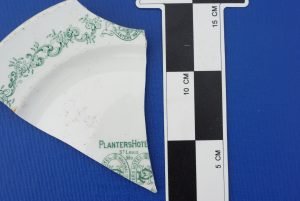

Example from Grand Hotel when operated by Planter’s (1900-1918).
Over four hundred ceramic sherds were collected, including fragments of earthenware, stoneware, porcelain and lots of hotel ironstone vessels. Marked examples from Grand Hotel when operated by John Oliver Plank (1887-1889) and Planter’s (1900-1918) were recovered. Other forms collected include marmalade and mustard containers, a candlestick, matchstick holders, porcelain doorknobs, architectural tile, and electric insulators.
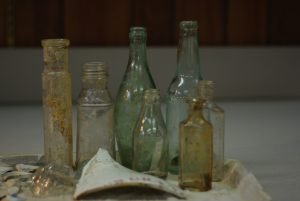

Three hundred fifty-six bottles and other identifiable pieces of glass were recovered. These included wine, liquor, beer, mineral water, grape juice and other beverage bottles. Six Michigan breweries were represented: Detroit Brewing Company, Goebel Brewing Company, Koppitz-Melchers Brewing Company and Stroh Brewing Company, all of Detroit, as well as the Grand Rapids Brewing Company and Soo Brewing Company. Other consumer goods included condiments, salad dressing, capers, olives, prescription and over-the-counter medicines, skin cream, perfume, ink, and a variety of cleaning products. These products came from across the Atlantic Ocean and as close as Bogan’s pharmacy on Mackinac Island.
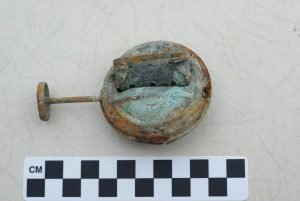

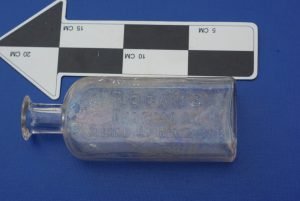

Electricity came to Mackinac Island in 1911. This dump spanned the transition. Both lightbulbs and oil lamp parts were recovered. 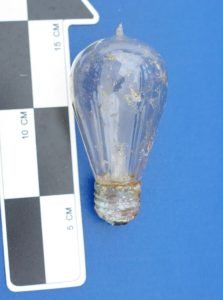

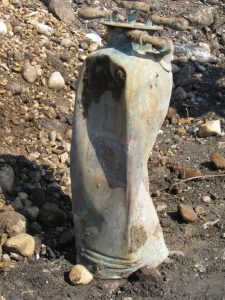

Metal artifacts are much harder to recognize from just a fragment. In addition to lamp parts, cooking utensils, buckles, horseshoes, and enamelware vessels were recovered. Some of the more obvious and interesting metal artifacts included a fire extinguisher and part of a push lawn mower.
